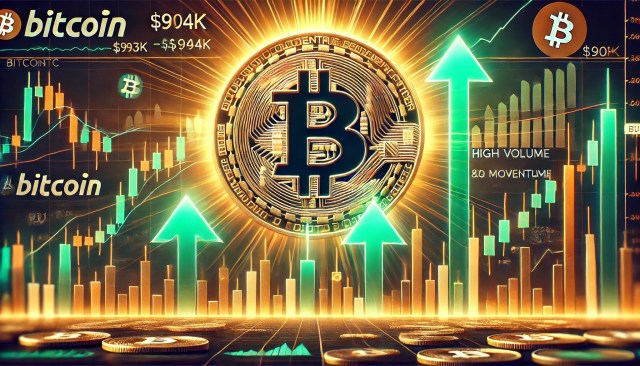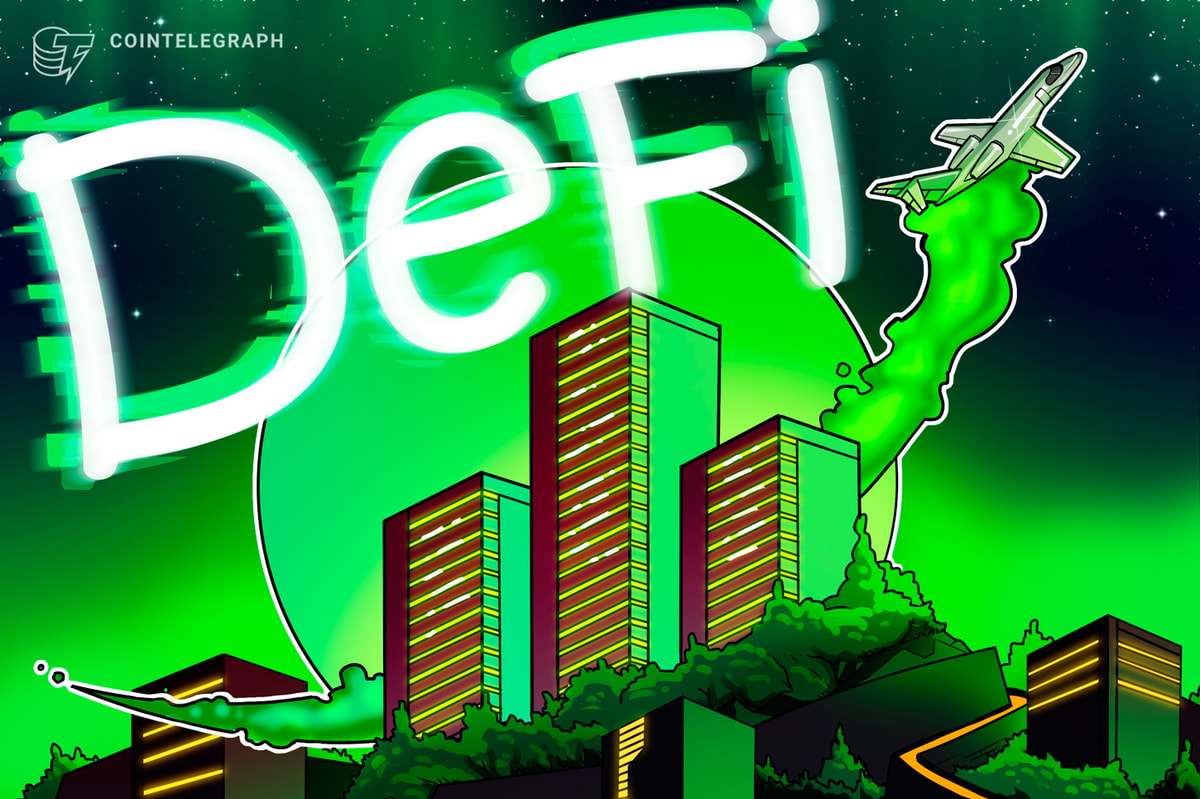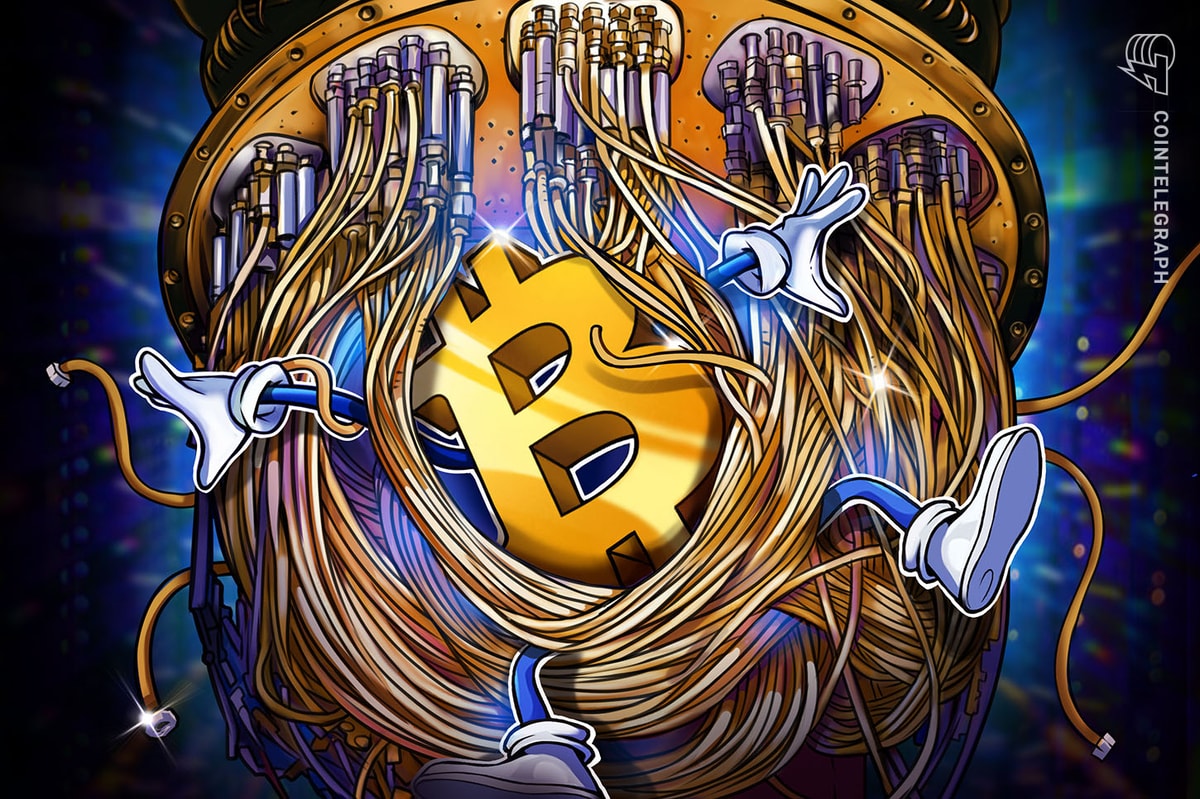Gora Network is a decentralized oracle network, meaning it acts as a lifeline for blockchain by providing real-world data for onchain operations. Christopher Brookins, the head of business of Gora Network, joined Cointelegraph’s Maxwell Koopsen for an AMA on June 5.
Gora Network AMA: Unlocking the Power of Data-Driven Web3 [Cointelegraph Acceleration] https://t.co/xxOKFvCb4l
— Cointelegraph (@Cointelegraph) June 5, 2024
“We’re not here to compete with Chainlink, but rather focused on the innovation in the undiscovered design space,” said Brookins when presenting Gora Network, a Cointelegraph Accelerator participant, during the Cointelegraph AMA.
One example of Gora’s innovative approach is the development of an innovative tool that Brookins started working on in his previous onchain scoring project, RociFi. “At RociFi, we aimed to bring under-collateralized loans to the blockchain,” explained Brookins. Creditworthiness was assessed based on a user’s Ethereum wallet history with the help of machine learning.
Empowering customized loans
Brookins and his team recognized the limitations of cookie-cutter decentralized finance (DeFi) loan terms and developed this credit scoring expertise further in Gora by unlocking a new frontier – DeFi Risk Oracle.
It empowers lenders to offer customized loan options based on individual borrower risk profiles, meaning that borrowers with strong credit scores can access larger loans or whales, and loyal users benefit from lower borrowing costs. The speaker sees DeFi Risk Oracle solving real problems for users.
“Gora is the only one doing it right now. It can maybe unlock some other use cases we do not know now, like lending based on tokenized real-world assets (RWAs) or invested token contracts.”
Decentralization at heart
“Unlike some competitors with centralized elements, our infrastructure was built from the ground up with decentralization in mind,” Brookins said. Gora’s network relies on a geographically distributed network of node operators that act as guardians of data integrity. Before any offchain data is added to the blockchain, a quorum of nodes must validate its accuracy and ensure that only trustworthy information makes its way onto the chain.
To mitigate the risks of data manipulation or errors, Gora relies on multiple data sources. Brookins highlighted the goal of incorporating as many sources as possible to ensure robust validation and prevent any single point of failure or capture. Additionally, robust validation mechanisms ensure that only accurate information is made onto the blockchain.

The decentralized structure of Gora. Source: Gora Network
Gora’s journey began on Algorand, a blockchain known for scalability and security. Algorand serves as the “brain” of the system, where the master node resides. However, the team recognizes the limitations of a single-chain approach. It recently expanded to EVM-compatible chains to cater to the diverse DeFi landscape. As part of this move, Gora also announced the launch of ERC-20 token.
GORA token plays a critical role in this multichain data flow. It incentivizes participation within the network, rewarding those who contribute valuable real-world data points. Essentially, GORA tokens are the lifeblood of the Gora Network, enabling the seamless exchange of information between the real world and the blockchain.
Future of onchain data
Brookins envisioned a more open and dynamic future, where users can offer any information they have about themselves, “Especially if they think it’s worthwhile or monetizable for them to be used by another protocol.”
Detailing his future projection, he continued: “Imagine a data marketplace where users are rewarded for aggregating data feeds or attesting to their accuracy. And it will not require the blockchain, protocol, or decentralized app to integrate any special piece of technology. It’s through the same exact rails that they’ve been accustomed to this entire time.”
Sustainable data marketplace
The speaker also expanded on the possibility of decentralized identities impacting the industry, especially for these onchain credentials to streamline DeFi transactions. By leveraging verifiable data, approvals and processes can become faster, more efficient, and cheaper compared to traditional financial institutions.
“It’s just you need all intermediary steps put in place before that can happen,” added Brookins. “And we’re positioning ourselves to be one of those critical pieces that removes friction because projects don’t want to have to integrate new technology.”
While DeFi, artificial intelligence and computing are currently the hottest areas for Gora, the team emphasizes its openness to exploring any data need within the Web3 space. “We want to be the go-to source for onchain data,” Brookins added.
“It encompasses everything from water levels and climate information to sensor data from connected devices. The key lies in incentivizing its use. Projects and institutions that leverage this data should be compensated, fostering a sustainable data marketplace.”
Disclaimer. Cointelegraph does not endorse any content or product on this page. While we aim at providing you with all important information that we could obtain in this sponsored article, readers should do their own research before taking any actions related to the company and carry full responsibility for their decisions, nor can this article be considered as investment advice.










